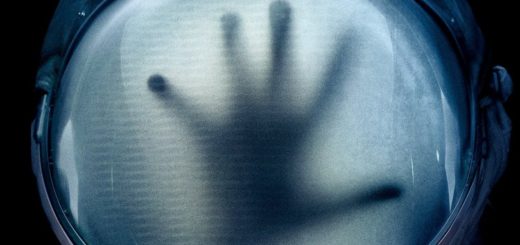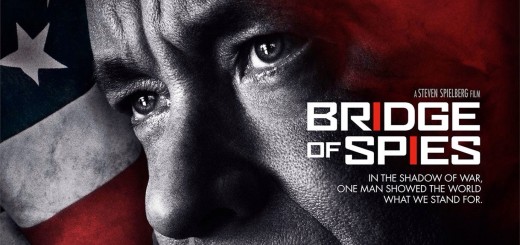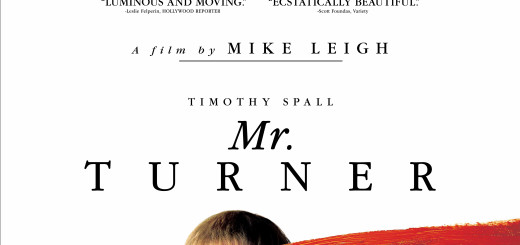SILENCE Review

Director: Martin Scorsese
Genre: Drama
Year: 2016
For directors like Martin Scorsese, grip and pulse can be sensed in every aspect of his frames. Comparisons of the director to God never feel more fitting than with the man whose experiences often test and exhaust the audience, mining substance out of viscera. His most popular films perhaps benefit from a whiz-bang energy, but Scorsese’s most challenging, and incidentally effective, moments build tension like a slow drip. With SILENCE, a religious APOCALYPSE NOW of sorts following Portuguese preachers in 17th century Japan trying to save believers and a fellow padre from persecution, Scorsese not only tackles that physical strain he’s so aggressively capable of drawing out, but concocts it in a fashion that parallels existential dread. This is a film of ethical, humanist quandaries given blood and bone. Consequences snap and drain in front of protagonist and audience eyes. The journey is taxing, but of a spiritual place that finds Scorsese at his most considerate, a curious historian and believer digging for fire.
Unmistakably, SILENCE is a Martin Scorsese cinematic ride. Rodrigo Prieto’s cinematography is patient and loaded with detail. Trading in his popular steadicam and zoom ramps for wide shots clashing the elements with humanity in an active ballet, Scorsese calmly emulates the likes of Akira Kurosawa, creating a stage amidst God’s green Earth. His scope looks at the world’s eerie truth, barely scraped by man’s own hand, like it’s another planet, reminding of Georges Méliès’ adventurers on the moon with theatrical physicality. Thelma Schoonmaker’s bold cutting patterns continue to fly in the face of quality consistency for the sake of pure feel. More debilitating is the sound design, which in true Terrence Malick fashion, deals heavily with internal and external monologues, often doubling up on each other. The sound of human voices pops fairly artificially up against the violent and unstoppable wave of a crescendoed soundscape. It’s function that’s unclean, and psychologically damning, but capable of the jolt Scorsese orchestrates toward; a reminder that Scorsese can do horror and thrills like no other, from whole films to small moments.
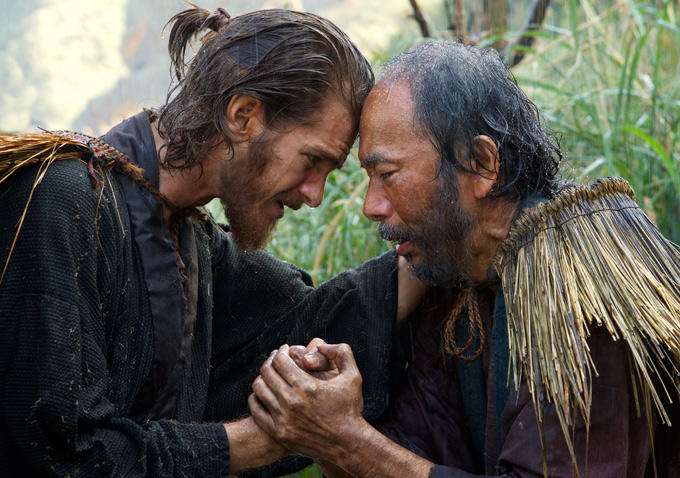
You know THE NOTEBOOK? It’s a lot like THE NOTEBOOK
SILENCE marks itself as Scorsese’s most personally and mentally staggering feat in some time. This is a film of division amongst man and between man and nature. Exploring concepts such as martyrdom, human barriers, religious freedom, persecution, and the existential lack of divine intervention, SILENCE is practically all text. Jay Cocks and Scorsese seem glad to delve into philosophical minutiae adapted from Shūsaku Endō’s novel of the same name. The film sits down for some deep and frank debates, some of which perhaps feel a little too bullet-pointed in looking at their opposing sides, as informational and historically considerate as it can be. It almost welcomes fans of documentaries more than the traditional Scorsese-head.
Scorsese’s most masterful work comes in posited scenarios carrying out these varying ideals. In one particularly harrowing sequence, three Japanese Christians are semi-crucified on a bed of ocean rocks, soon to be flogged and drowned by harsh waves. The dark dramatic irony of these Biblical natures is practically Herzogian, creating a layer of utter dread bubbling about throughout. SILENCE is devastatingly devotional, every bodily hit landing with a spiritual boom. The believer’s headspace is ethereal and chilling in Scorsese’s implementation of Jesus’s figure. The simultaneous portrayal of religious artifacts as both sacred beyond belief, through the reactions of the devout, and as “mere formality” of little significance is triumphantly dual-headed. In the form and flow of SILENCE, a simple image has the poetic weight of a humpback whale.
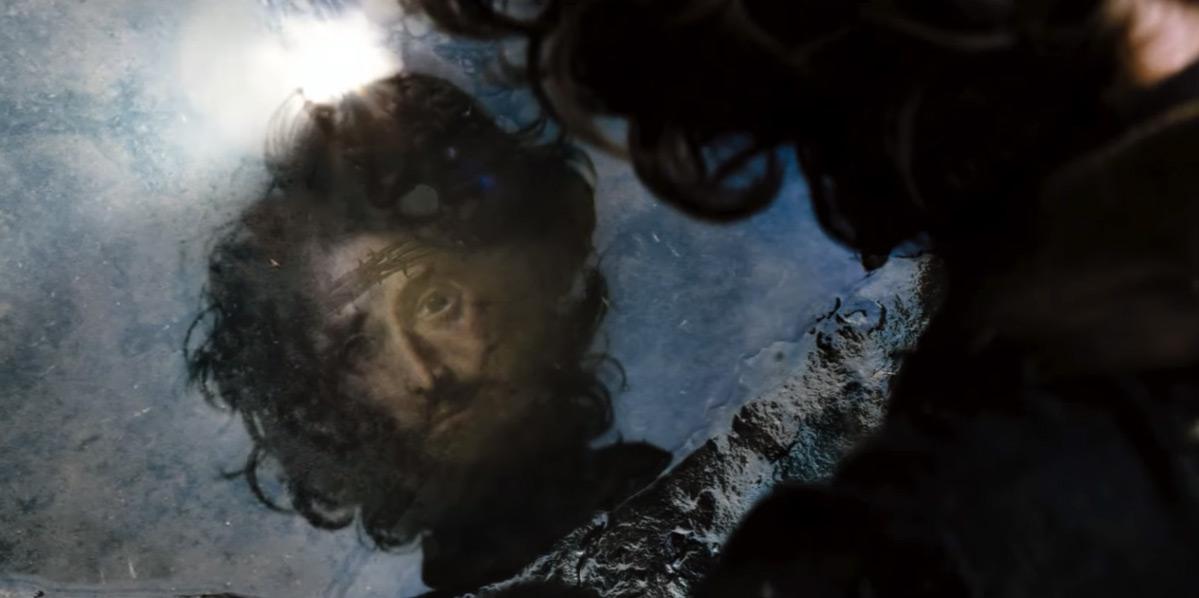
*Squinting* Adrian Brody?!
All things considered, SILENCE would be nothing without the right Scorsese performers. He takes on two leads of newer blood, in Andrew Garfield and Adam Driver. For younger American men who have to take on Portuguese accents for about a three hour runtime, they hold up well. Garfield and Driver are notorious for their considerable emotional skill, with a little extra respective charisma to stand out. Driver especially has the looks of a character actor, and he gets to shine here in some key sequences. In one, he nearly steals the whole film while shot in telephoto from a distance, with his voice barely audible. Garfield is no slouch either, and takes on a Nicolas Cage level of commitment and passion to the role. SILENCE is a film about delusion and existential panic, and Garfield externalizes his panic with gradual animosity. Up against a tired but still masterful Liam Neeson, Garfield is still notably baby-faced, but he holds a film about idealism gone wrong quite well.
While this is a film about the guilt and struggle of Andrew Garfield’s protagonist preacher, this film rests entirely on the faces and lives of its Japanese performers. Issei Ogata in particular is deliciously evil as an Inquisitor, with a cruel interpreter cronie in Tadanobu Asano. The chess game of power struggles on display recalls THE BRIDGE OVER THE RIVER KWAI, where formalities mask unbridled contempt. The spirit of SILENCE comes in the Christian villagers. Yôsuke Kubozuka practically plays a running gag in Kichijiro, a drunken sinner constantly looking to confess for his sins. The MVP is Sinya Tsukamoto as Mokichi, a villager desperate to protect his people, functioning on a level of bravery built upon lofty ideals from Garfield’s preacher. These actors deal in agonizing, screaming pain throughout, echoing from beginning to end in both Garfield’s and the audience’s mind. They aren’t praiseworthy for simply going through torture, but for making the build up a heartbreakingly unsure journey. This is a film about the actual act of suffering as much as it’s about PTSD-like effects. The process is brutal, but even more effective thanks to Scorsese’s effort to attach emotional stakes from all ends.
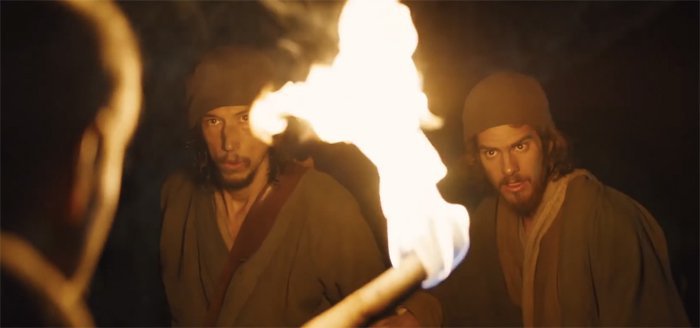
Santa-con? When is Jesus-con, huh?! This country’s #boned
A major criticism of Scorsese frequently involves the verb “indulge.” Compare the plight of Christian Portuguese preachers in 17th century Japan to the escapades of Jordan Belfort from THE WOLF OF WALL STREET. Both films stand at mountainous runtimes, but SILENCE doesn’t even reach the three hour mark WOLF boasted. Scorsese does the extreme polar opposite in terms of grabbing the audience by the shoulders and shaking them violently; here, he straps the viewer to a chair and clips their eyes open A CLOCKWORK ORANGE-style. This is a grueling film, but considering Scorsese rarely ever exercising style without substance, SILENCE broods with purpose. Is this kind of film for everyone? Frankly, no. But by the token of “one for them, one for me,” this is certainly one for Scorsese. Any fan should know by now that with the utmost passion, Scorsese can bring the thunder, and he does so here in refreshing form.
Verdict: Recommend

